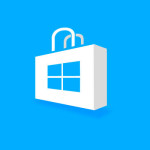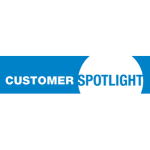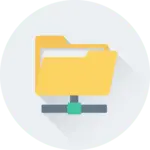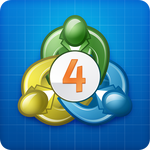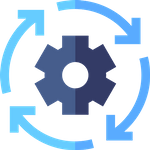Every now and then, someone reviewing our AlwaysUp software declares it “too expensive”. They ask: “Since I can find free tools (like Microsoft’s Srvany) to run my application as a Windows Service, why in the world would I spend $50 on your software?”
Sure, not everyone looking to run a program as a service needs AlwaysUp. A free tool can be a fine choice, especially for hobbyists and home users.
But if you are a professional working in a commercial environment, please be sure to answer these five questions before making a commitment:
1. Where will you go for help if you have questions (or things go wrong)?
The wonderful world of Windows Services can be tricky to navigate. Technical obstacles (like Session 0 Isolation) abound.
As a professional, you owe it to your business to plan for all eventualities.

- Is there a phone number to call when you or your team needs urgent help?
- How about a support email with a 24-48 hour response time?
- Can you easily find online FAQ’s and other helpful resources?
At minimum, please make sure you have a contact!
2. How much of your own time will you have to spend on the “free” solution?
The cost of an item is usually more than its initial, sticker price. We often underestimate true, long-term cost because we forget to add our time to the equation.
For example, say you want to buy a new computer desk. Which is cheaper?
- A ready-to-go desk for $199
- The same desk from Ikea for $149
It’s a no-brainer, right? #2 is the way to go.
But what if it’s going to take you a couple of hours to unbox and assemble the Ikea furniture? Does option #1 (which avoids that extra labor) seem the more cost effective choice now?

Similarly, a free alternative to AlwaysUp definitely saves a few bucks at first.
But once you have the free software, how much of your valuable time must you devote to installation, troubleshooting and support? Might those ongoing costs dominate the equation?
We realize that your time is important. And we designed AlwaysUp to save you time — initially and over the many months and years you will use the product.
For example:
We’ve authored over 110 step-by-step tutorials, to get you up and running in minutes.
We created the AlwaysUp online troubleshooter, to help you quickly and efficiently diagnose and cure common problems.
How much is your time worth?
3. Are you willing to take on the additional risk?
When you use unsupported software in your business, you become responsible for it when it fails. The buck stops with you.

Are you willing to assume that risk? To accept blame from your boss/team if the software misbehaves or becomes unusable after a Windows update?
Realize that your reputation (and perhaps your job) may be at stake, especially if you are operating a mission-critical system!
4. Are you sure you won’t need AlwaysUp’s extra features?
With over a decade of real-world use, AlwaysUp has evolved to include a ton of features — many of which are not found in free alternatives.

For example, AlwaysUp can:
- Automatically restart your application if it crashes, hangs, or uses too much CPU
- Send you an email when your application stops;
- Boost your application’s priority, to make it run faster;
- Capture your application’s output to a text file;
- Send you a weekly report showing how your application is performing.
Check out this PDF flyer comparing AlwaysUp and Srvany for more:

As many customers have discovered, these extra features can come in very handy down the road!
5. How important is security?
Needless to say, you should be very careful when introducing new software into your secure environment.
AlwaysUp is digitally signed, so you can be positive that it is from our reputable company:

In addition, AlwaysUp has been evaluated by the US Department of Commerce Bureau of Industry and Security and has earned an export classification of EAR99:

The bottom line is that AlwaysUp is safe — and our team is constantly working to keep it secure. Can you say the same for the free software?









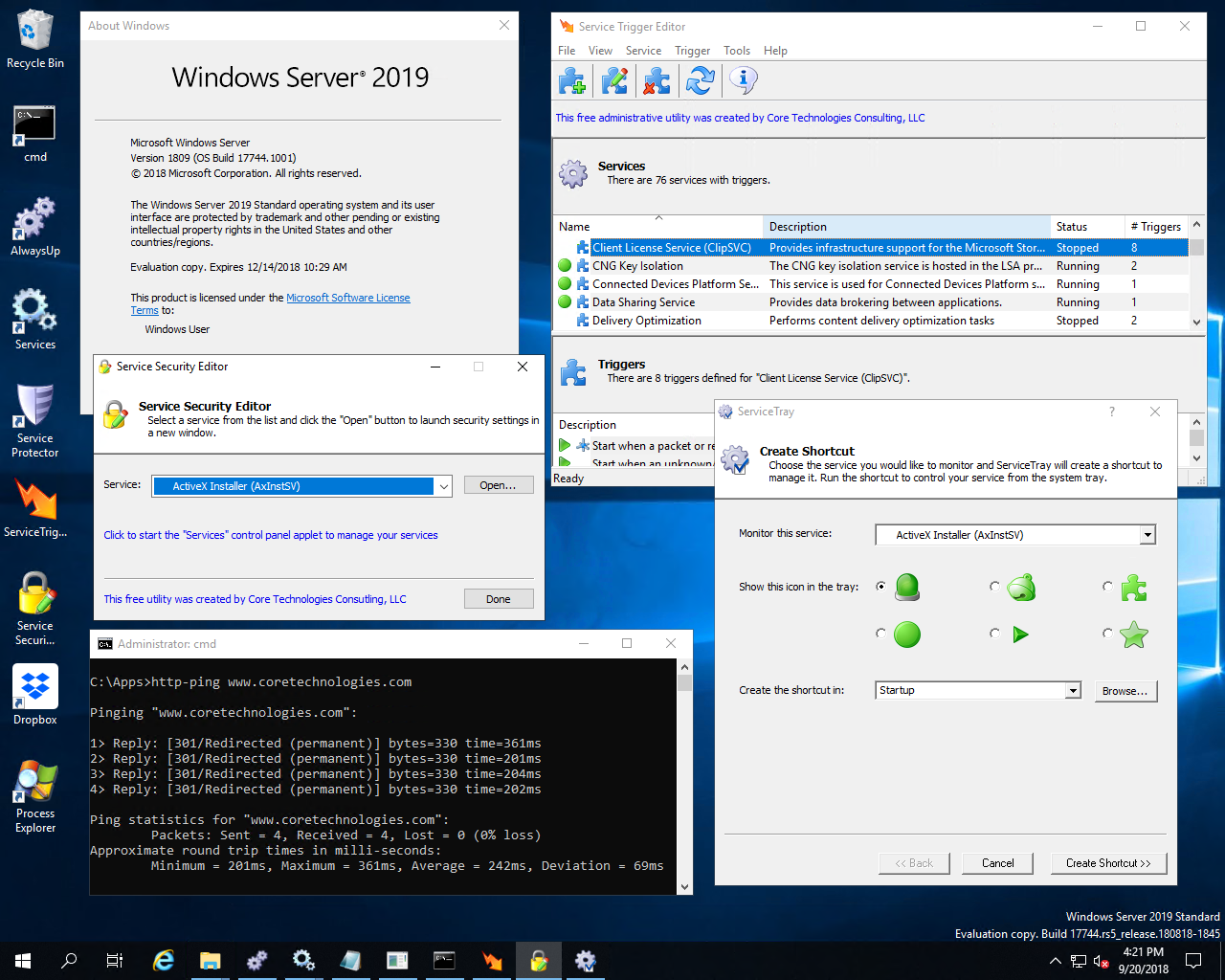
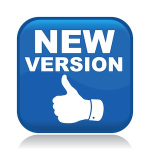


 I run a Java program
I run a Java program 



